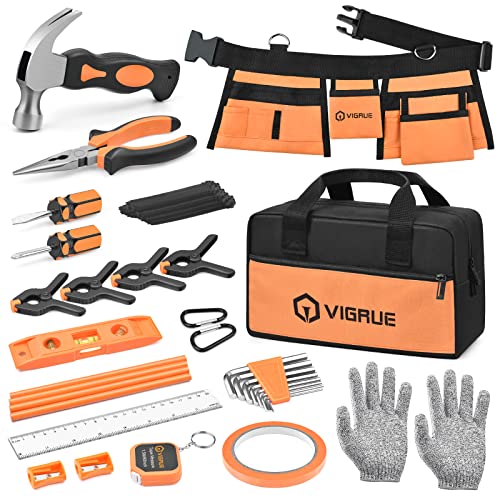
Teaching kids to use real saws safely can be a rewarding experience. It builds confidence and fosters creativity in young minds.
Woodworking is an excellent way for children to learn practical skills. Parents and educators can introduce kids to tools like saws with the right guidance. Safety should always be the top priority. Start with basic safety gear, such as goggles and gloves.
Explain the importance of each item. Demonstrate how to hold a saw correctly. Kids should practice on softwood under supervision. Patience is key. Encourage them to take their time and focus on the task. With care, children can learn to create simple projects. This hands-on experience not only teaches them woodworking but also boosts their problem-solving skills. A foundation for future diy projects.
Buying Guide On Woodworking 101 Teaching Kids To Use Real Saws Safely
introducing kids to woodworking? teaching safety is key. Follow this guide.
1. Choose the right saw
start with a small, manageable saw. A coping saw is ideal.
ensure the saw is sharp. Dull blades are more dangerous.
opt for saws with safety features. Look for finger guards.
2. Provide proper safety gear
equip kids with safety glasses. Eyes must be protected.
gloves can help prevent cuts. Choose snug-fitting ones.
a dust mask is important. Prevents inhalation of sawdust.
3. Teach basic techniques
show them the correct grip. Both hands on the saw.
guide on proper stance. Feet shoulder-width apart.
explain the push-pull motion. Slow and steady is best.
4. Supervise closely
stay nearby. Supervision is crucial.
correct mistakes gently. Encourage proper technique.
observe their focus. Distractions can lead to accidents.
5. Practice regularly
set aside time for practice. Skills improve with repetition.
start with simple projects. Build confidence gradually.
celebrate their progress. Positive reinforcement is important.
6. Create a safe workspace
ensure the workspace is clean. Remove potential hazards.
use clamps to secure wood. Stability is crucial for safety.
keep tools organized. Disorder can lead to accidents.
7. Discuss safety rules
establish clear rules. Follow them every time.
explain the reasons. Understanding improves compliance.
reiterate the importance. Safety is non-negotiable.
Conclusion
Teaching kids to use real saws safely is a rewarding experience. It builds their confidence and fosters practical skills. Remember, safety is the top priority. Always supervise children when they work with saws. Use age-appropriate tools and protective gear. Explain the importance of each safety measure.
Encourage patience and precision in every cut. Mistakes are part of learning, so be supportive and guide them through the process. Woodworking can teach problem-solving and creativity. It’s a great way for children to express themselves. Make sessions engaging and fun.
Start with simple projects that they can handle. Gradually introduce more complex tasks as they gain confidence. Celebrate their achievements, no matter how small. This boosts their enthusiasm and eagerness to learn more. Through woodworking, children learn valuable lessons that go beyond the workshop.
They develop discipline, focus, and a sense of accomplishment. With patience and guidance, kids can safely enjoy the art of woodworking.







